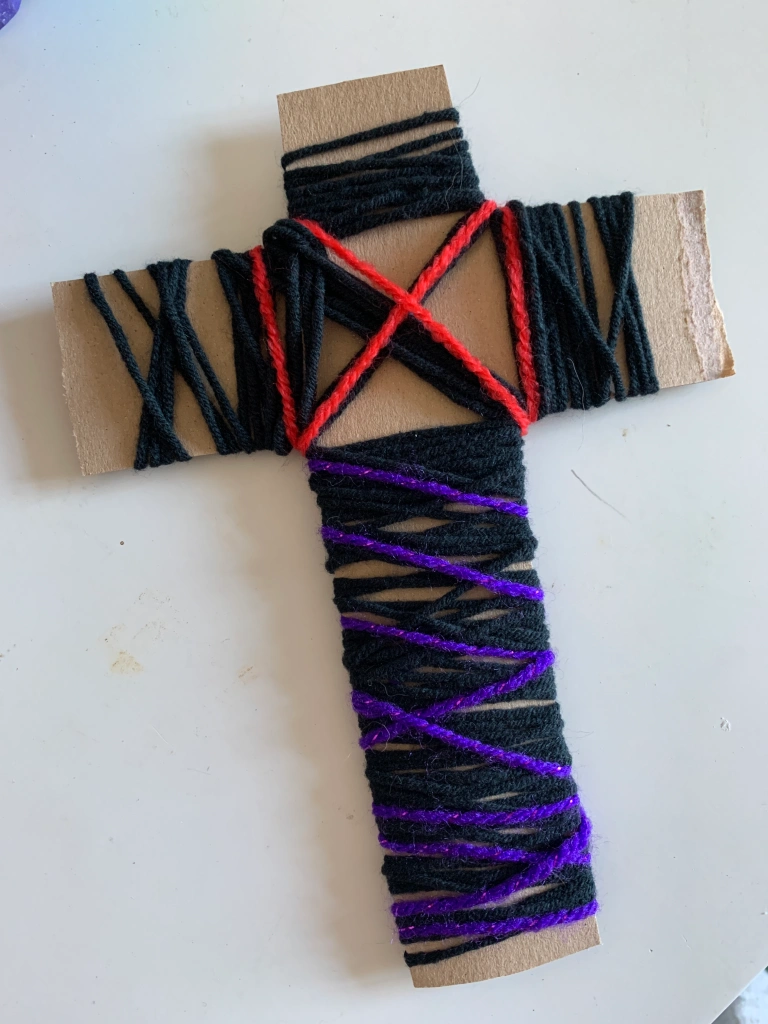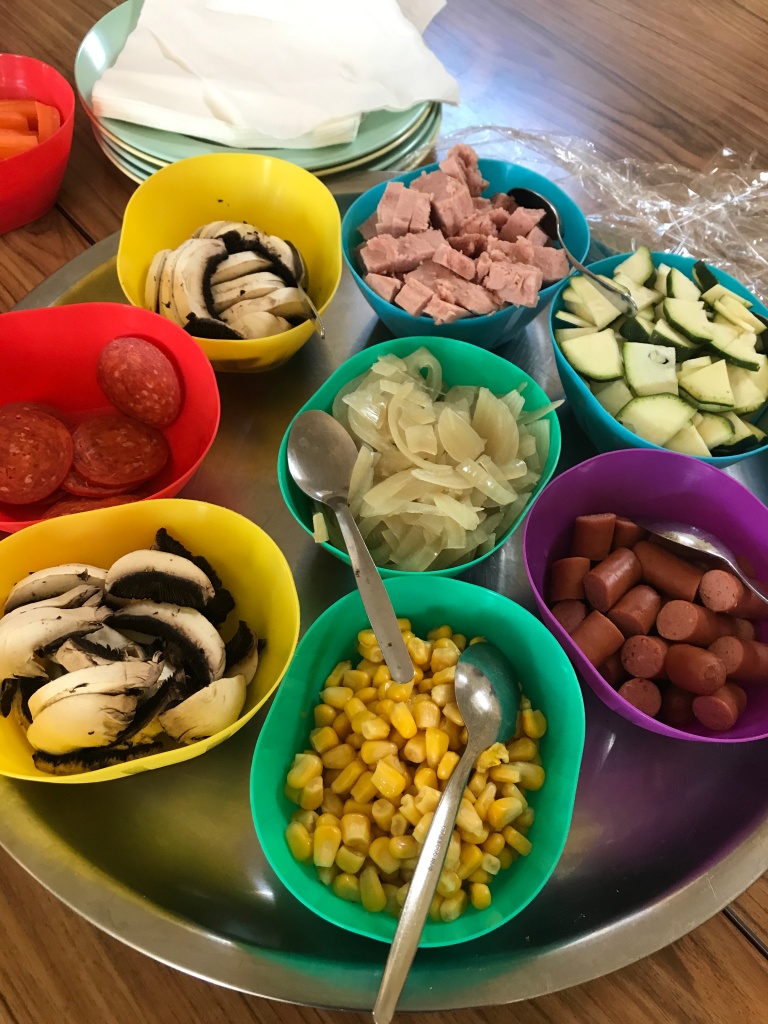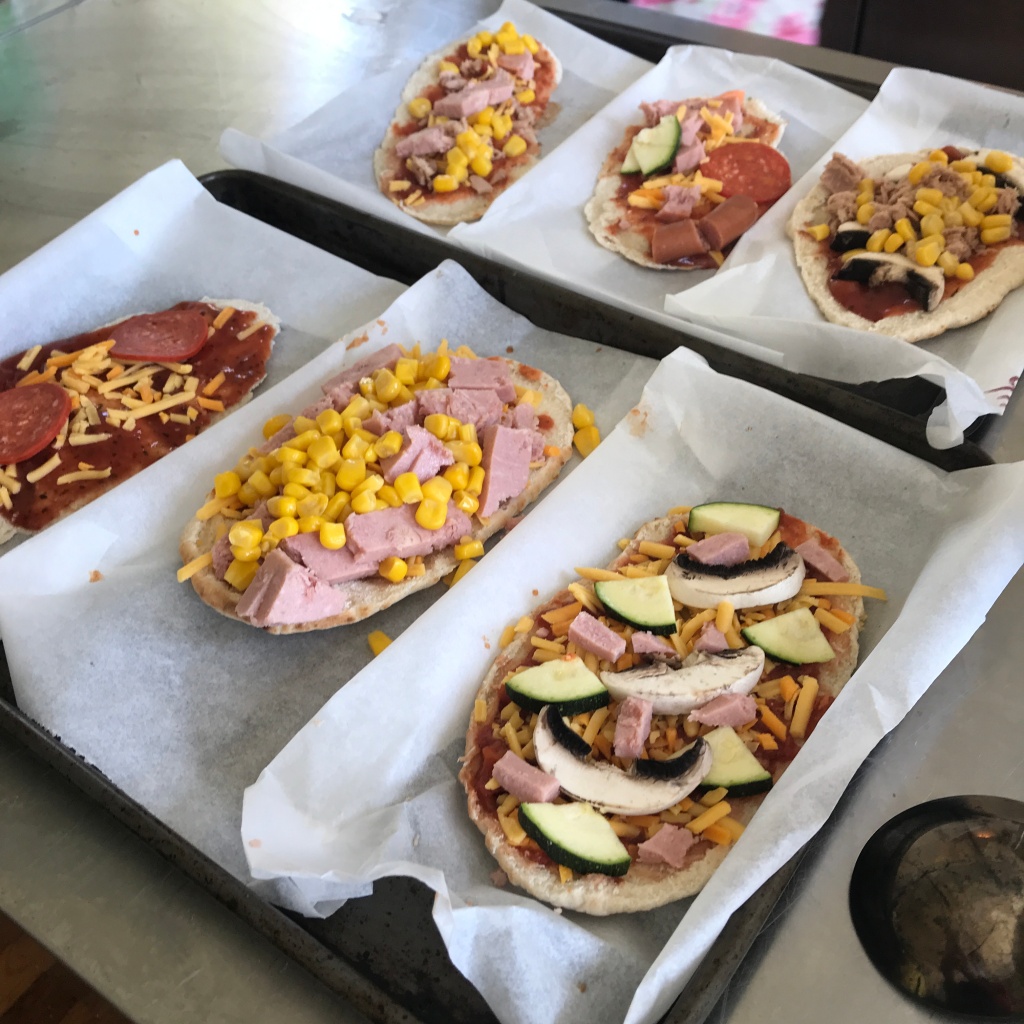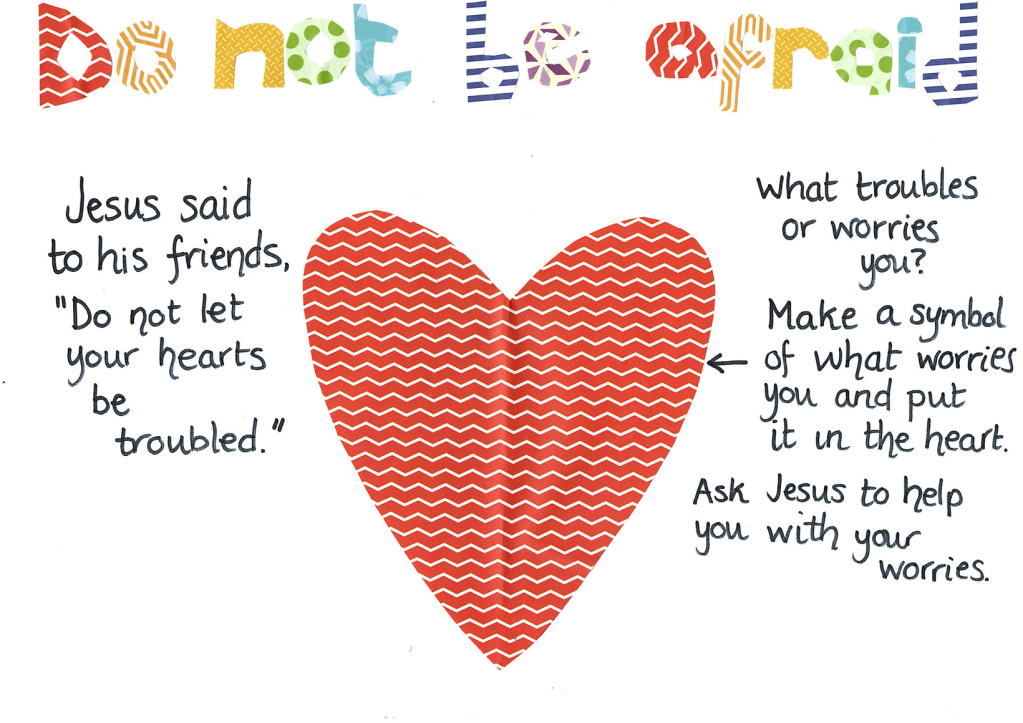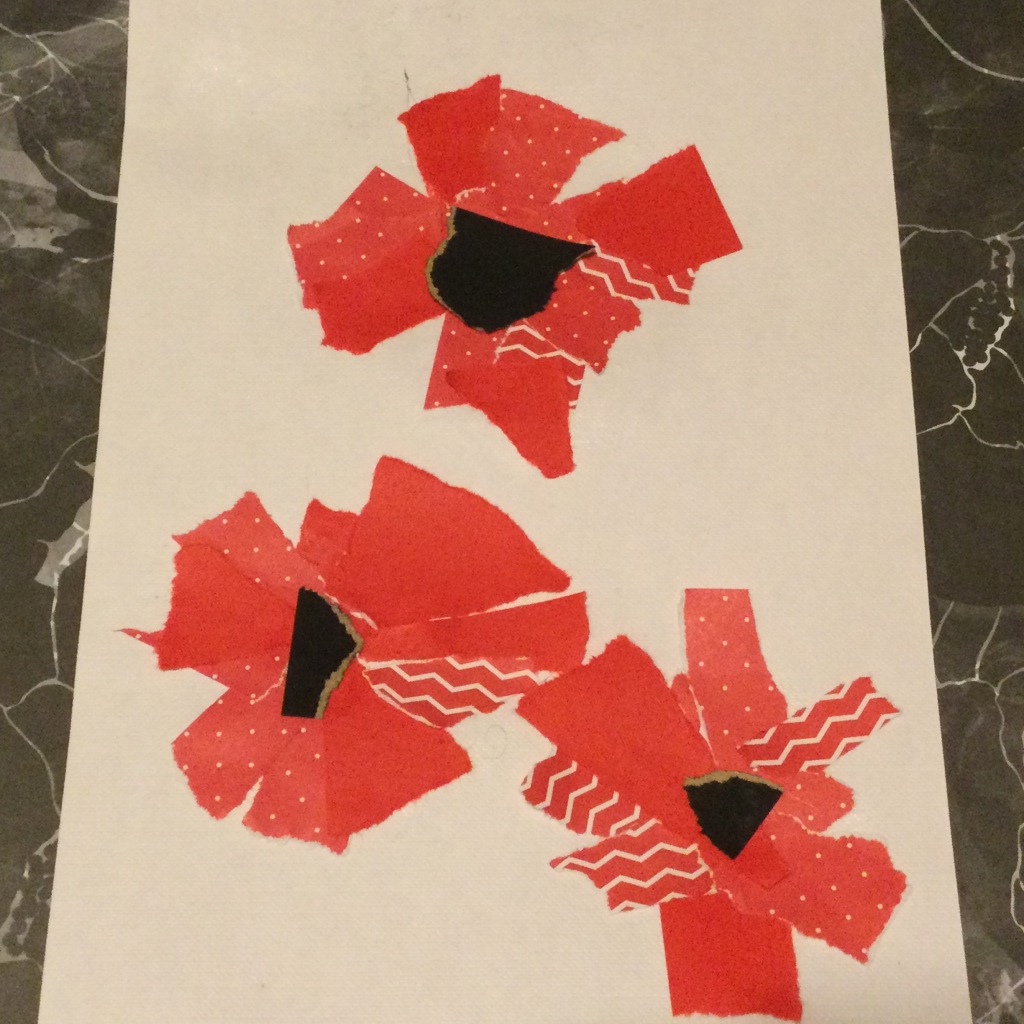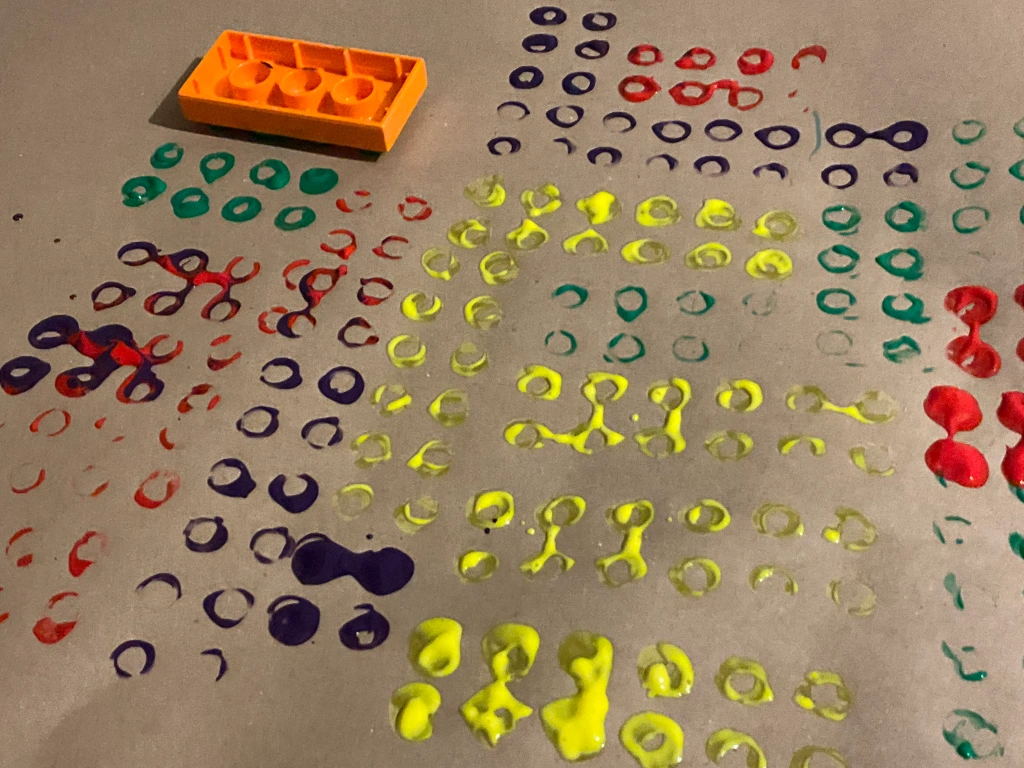
You will need: A large roll of paper e.g. brown packing paper or wallpaper backing paper, paint, Duplo blocks and paint palettes or Lego bricks and ink stamping pads
The story of the walls of Jericho is an amazing example of how incredibly powerful God is. And it’s also about how God’s people trust in what He tells them to do, even if it seems totally unlikely! To make sure everyone understands that they need to work together, just like the Israelites did, it’s easy to turn this into a group project. Grab some paint and spread it onto the paint palettes. Then, dip the bricks face down into the paint. After that, use the paint-dipped bricks to print the bricks of a ‘wall’ onto the paper. If you’re using Lego bricks, you can do the same thing but with ink pads instead of paint. This might work better if you’re working on a smaller scale. Happy creating!
As you are working, think and talk about:
- What might it be like to trust God to do something you can’t do yourself?
- Would you have joined in with the Israelites or not? Why?
- How do you think the people felt when they saw the walls fall?
When you have finished creating and talking, rip the paper apart to illustrate the walls falling. Where in your life might you ask God to help you to do something amazing that you can’t do yourself?

